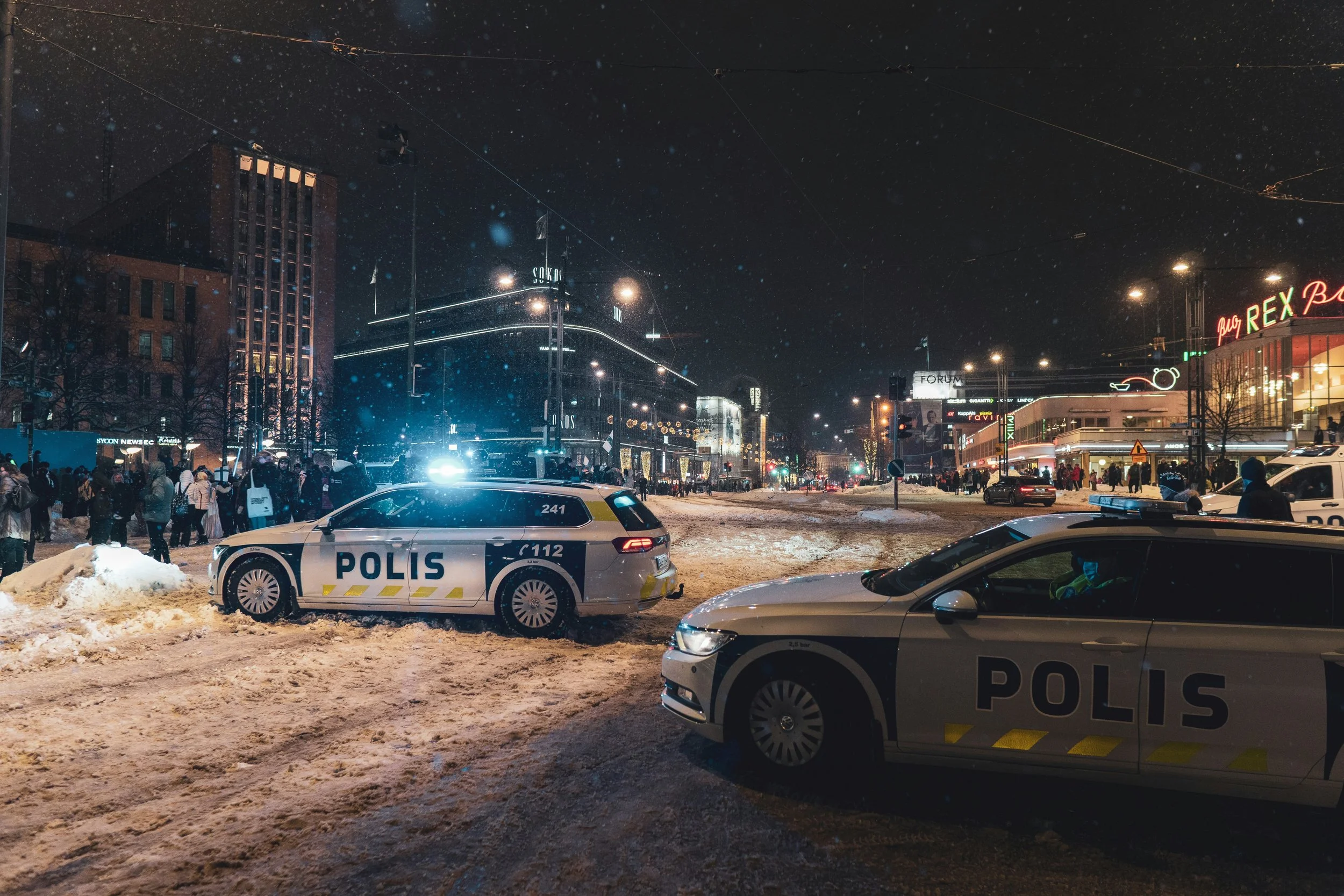Stabilisation at Home: Community-Led Safety Fora for Today’s Urban Crime Pressures
Restoring order is vital, but resilience grows with community engagement.
In our earlier reflection, Is Stabilisation Only for Post-Conflict Zones? Or Is It Time to Broaden the Lens?, we argued that “stabilisation” is not exclusive to war-affected settings - it is a way of thinking about how institutions and communities sustain normality when pressures mount. In parts of Europe, those pressures increasingly include criminal violence, targeted intimidation, and the exploitation of local vulnerabilities. While the drivers and dynamics differ from armed conflict, the operational questions feel familiar: how do we protect everyday life, rebuild trust, and keep civic routines functioning?
Recent incidents across European cities—some widely circulated in public footage - offer a sobering reminder of how quickly a sense of safety can be disrupted. These examples should not be sensationalised, nor should they define whole communities; they do, however, illustrate what happens when small groups can create outsized harm and when neighbourhoods feel exposed. The response cannot be alarmism. It must be steadiness, proportion, and practical coordination.
When violence flares, immediate enforcement is of course essential. Yet stabilisation - understood as restoring predictable, legitimate, day-to-day life - also depends on those who live, work, study, trade, and travel in the affected areas. In this sense, urban “criminal emergencies” call for more than reactive policing. They require a capacity to stabilise, drawing upon the experience of communities themselves.
This is where lessons from international stabilisation efforts can speak to European contexts. In conflict or post-conflict zones, stabilisation is often about enabling ordinary routines to resume: children going to school, markets reopening, basic services being delivered without fear. Although the context is different, the same principle applies in urban settings challenged by criminal violence. Restoring confidence in public spaces, ensuring that residents feel heard and protected, and creating channels for constructive engagement are all essential to sustaining normality.
Community-led safety fora could play a role here. They would not replace policing or judicial action, but complement them by offering a structured space for dialogue and co-production of safety. Residents, local institutions, and authorities could use such fora to exchange perspectives, identify vulnerabilities, and coordinate preventive action. In fragile settings abroad, such mechanisms have proven valuable in bridging gaps between institutions and communities. Adapted carefully, they may serve a similar stabilising function in European cities, particularly where trust is strained or fear risks becoming entrenched.
What is crucial is that these fora are not designed as symbolic consultations but as practical instruments. They can generate evidence on local dynamics, capture early warning signals, and help authorities shape responses that are both effective and legitimate. They also provide communities with a sense of agency, shifting the narrative from being passive recipients of protection to active participants in resilience-building.
In the end, stabilisation is about more than responding to threats; it is about sustaining the conditions in which civic life can continue with predictability and dignity. The lesson from international practice is clear: resilience grows stronger when communities are engaged not only as stakeholders but as co-authors of their own safety.
If applied thoughtfully, this approach could help Europe address today’s criminal emergencies with the steadiness they demand - restoring trust, protecting civic life, and ensuring that resilience is not only an aspiration but a shared, lived reality.
